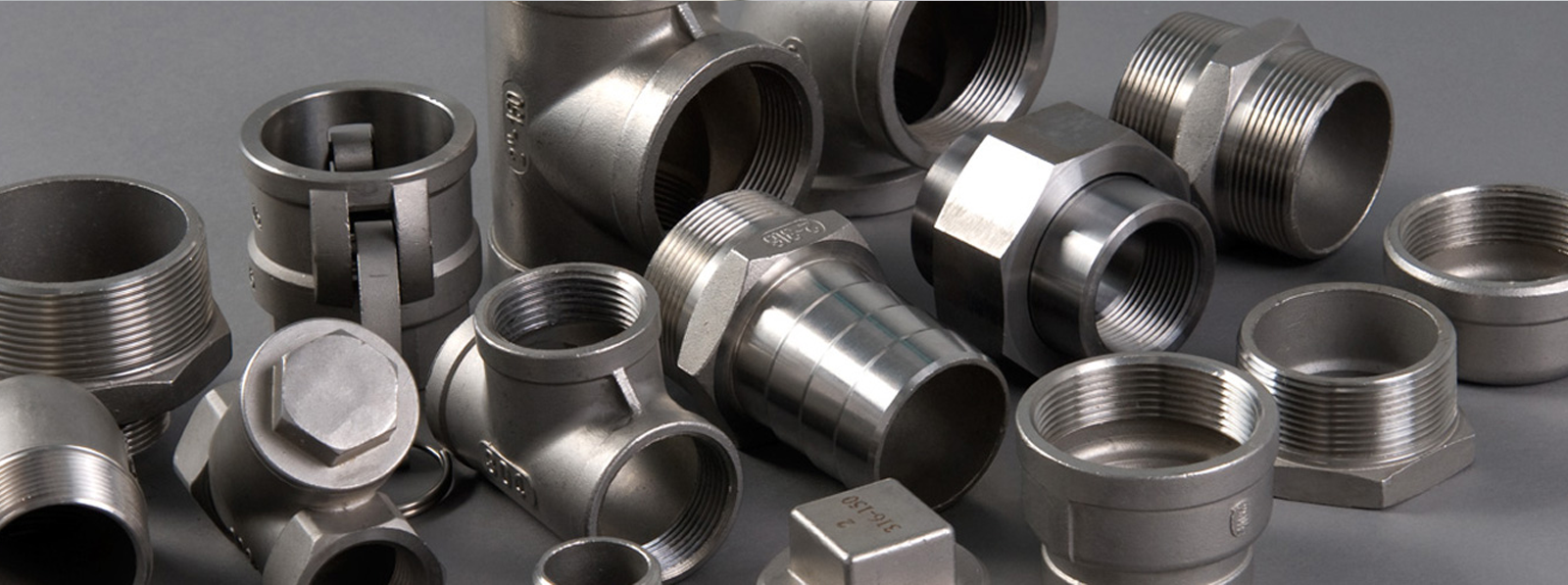Sockets play a pivotal role in numerous applications, from machine assembly to everyday home repairs. When it comes to stainless steel (SS) sockets, the variety available in the market might seem overwhelming. However, understanding the key considerations can not only make the choice easier but also ensure optimal performance in the task at hand. Dive deeper into the intricacies of SS sockets and make informed decisions for your projects. For a comprehensive guide and expert recommendations, visit Mbmtubes – where precision meets expertise.
Understand the Basics: Socket Drive Sizes
At the core of socket selection are the different drive sizes available. SS sockets come in various drive sizes, including 1/4-inch, 3/8-inch, and 1/2-inch. The kind of project you're embarking on dictates the drive size you'd need. Light tasks may only necessitate a 1/4-inch drive, while more substantial, high-torque operations would be better served with a 1/2-inch drive.
Socket Depth: Deep vs. Standard
The depth of a socket often goes overlooked but is of paramount importance. You'll typically come across standard and deep sockets. While standard sockets are great for bolts and nuts that are easily accessible, deep sockets come into their own when dealing with recessed areas. The nature of your task will dictate which one's more apt. For instance, automotive repair often requires a combination of both.
Points of Contact: 6-Point vs. 12-Point Sockets
The internal configuration of an SS socket is vital. The two main variants here are the 6-point and 12-point sockets. A 6-point socket with fewer contact points offers better grip, making it perfect for situations with a risk of rounding off the bolt or nut. On the other hand, 12-point sockets, with double the angles, are ideal for tighter spaces where aligning the socket might be a challenge.
Material and Finish
Material integrity is crucial, and while stainless steel is inherently robust, the finish on an SS socket can amplify its durability. For instance, the chrome finish resists corrosion and is easy to wipe clean, perfect for general applications. In contrast, the black oxide finish is designed for environments where the socket might be exposed to dampness or various fluids.
Impact vs. Standard Sockets
It's essential to differentiate between effects and standard sockets. Impact sockets, as the name suggests, are tailored to endure the vibrations and torque of impact tools. They're generally thicker and have a unique finish. Standard sockets, in contrast, aren't designed to handle impact tool stresses and can break if mismatched. It's vital to align the socket type with your tool.






